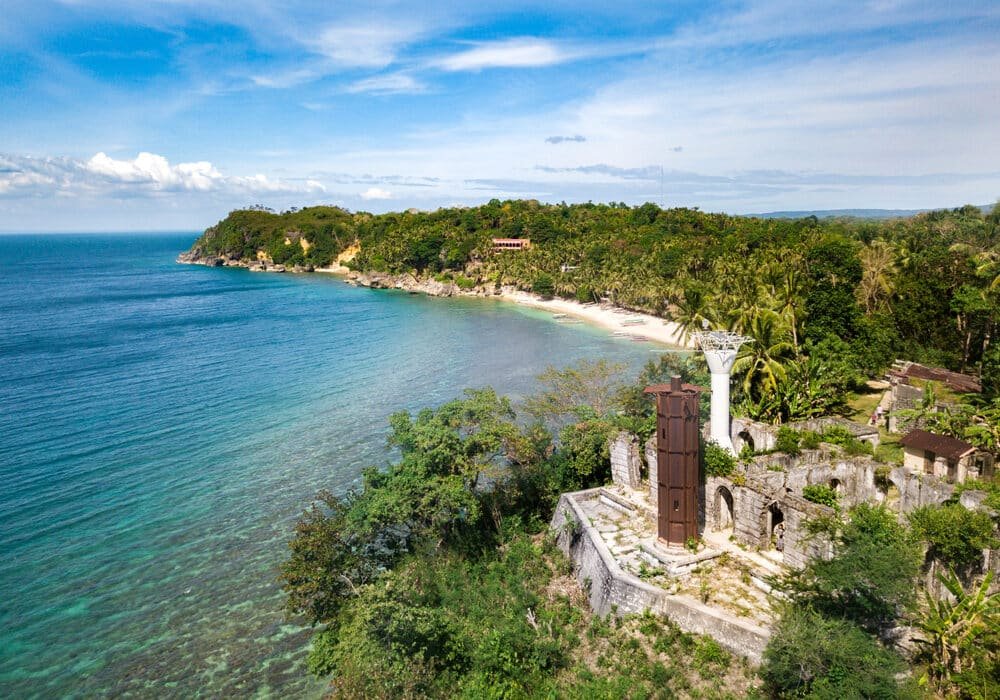On May 8, the Guimaras Electric Cooperative (GUIMELCO) activated a newly installed submarine cable, officially connecting mainland Guimaras to the island barangays of Panobolon and Guiwanon in Nueva Valencia. The 15kV interconnection marks a major step toward improved power access in remote communities.
The ceremonial power-on in Barangay Panobolon marked the completion of the government-backed electrification project. Funded under the 2023 General Appropriations Act, the initiative was led by the Department of Energy (DoE) through its Total Electrification Program, in partnership with the National Electrification Administration’s (NEA) Barangay Line Enhancement Program.
Empowering island communities
During the event, GUIMELCO General Manager Shirley S. Laurente underscored the importance of inclusive progress. She stated, “Let this energization ceremony remind us all that even the most remote islands deserve development.”
For years, Panobolon relied solely on basic solar setups, while Guiwanon depended on a diesel generator run by the National Power Corporation’s (NAPOCOR) Small Power Utilities Group, offering just eight hours of electricity each evening.
With the project now complete, both barangays have gained access to reliable, round-the-clock electricity, opening doors for advancements in local businesses, public services, and communication. This marks a transformative milestone for these once-isolated communities.
(Also read: Cebu Sectors Push for Energy Upgrades Amid Rising Demand)
Program background
The initiative began as part of GUIMELCO’s long-term electrification plan, taking shape in 2018 following a joint inspection with the Provincial Government of Guimaras. This led to a detailed feasibility study, crafted by GUIMELCO’s Technical Working Group, which was then submitted to the NEA and DOE for assessment and endorsement.
According to Governor JC Rahman Nava, the success of the project was driven by seamless collaboration. “This project would not have been possible without the cooperation of all stakeholders—from national agencies to the residents of Panobolon and Guiwanon,” he shared.
The interconnection project began in Barangay Cabalagnan, where a 1.2-kilometer submarine cable was laid to Sitio Yato in Panobolon. From there, an overhead distribution line was installed across the islet, followed by another submarine cable extending a further kilometer to Guiwanon.
Overhead lines from Barangay Concordia to Cabalagnan were also upgraded to primary tree wire, enhancing the system’s reliability and supporting GUIMELCO’s strategy to reduce unscheduled power outages.
The program’s implementation was made possible through the vital support of agencies like the Department of Environment and Natural Resources – Guimaras, the Philippine Coast Guard – Guimaras, and the barangay councils of Panobolon, Guiwanon, and Cabalagnan, who were key in securing permits and overseeing logistics.
(Also read: Iloilo Launches P2.3-B Waste-to-Energy Plant)
In line with the National Electrification Roadmap
The Guimaras project is part of the 2023-2032 National Total Electrification Roadmap (NTER), aimed at expanding electricity access to remote, underserved rural areas. These regions, often distant from urban infrastructure, contain a significant portion of households without power, exacerbating the country’s poverty challenges.
The Philippines’ archipelago of 7,641 islands presents a major challenge to nationwide electrification, with inadequate infrastructure hindering power delivery to remote areas. NTER emphasizes the need for public and private sector partnerships to extend electricity services to remote regions.
After 2028, the NTER envisions that nearly all new households will gain electricity access, either through the main grid, microgrids, or self-sufficient power systems for those in areas still unreachable by the grid.
Sources:
https://dailyguardian.com.ph/remote-guimaras-barangays-gain-24-7-electricity-access/
https://www.panaynews.net/two-island-barangays-in-guimaras-now-electrified/
https://legacy.doe.gov.ph/announcements/2023-2032-national-total-electrification-roadmap


